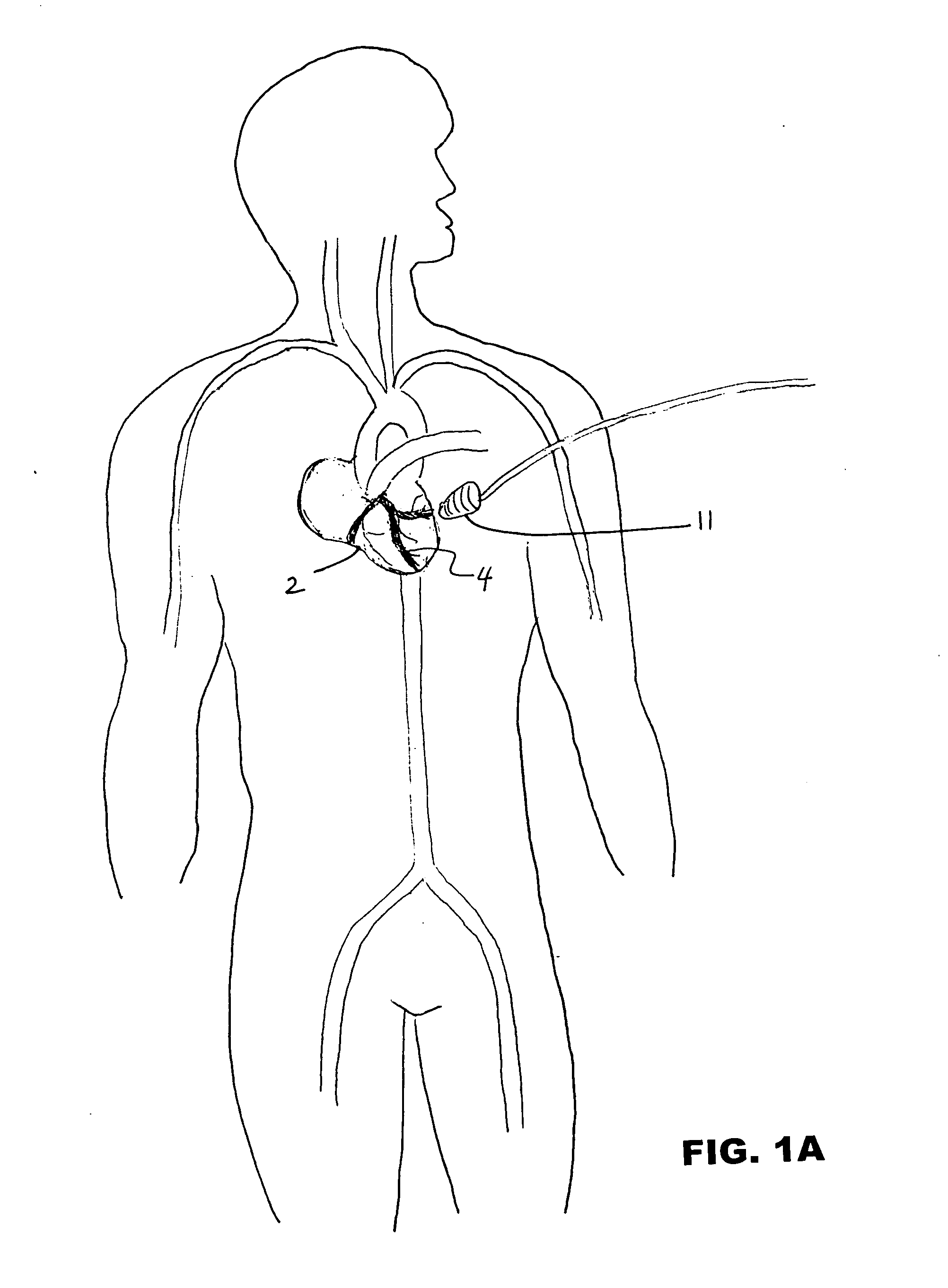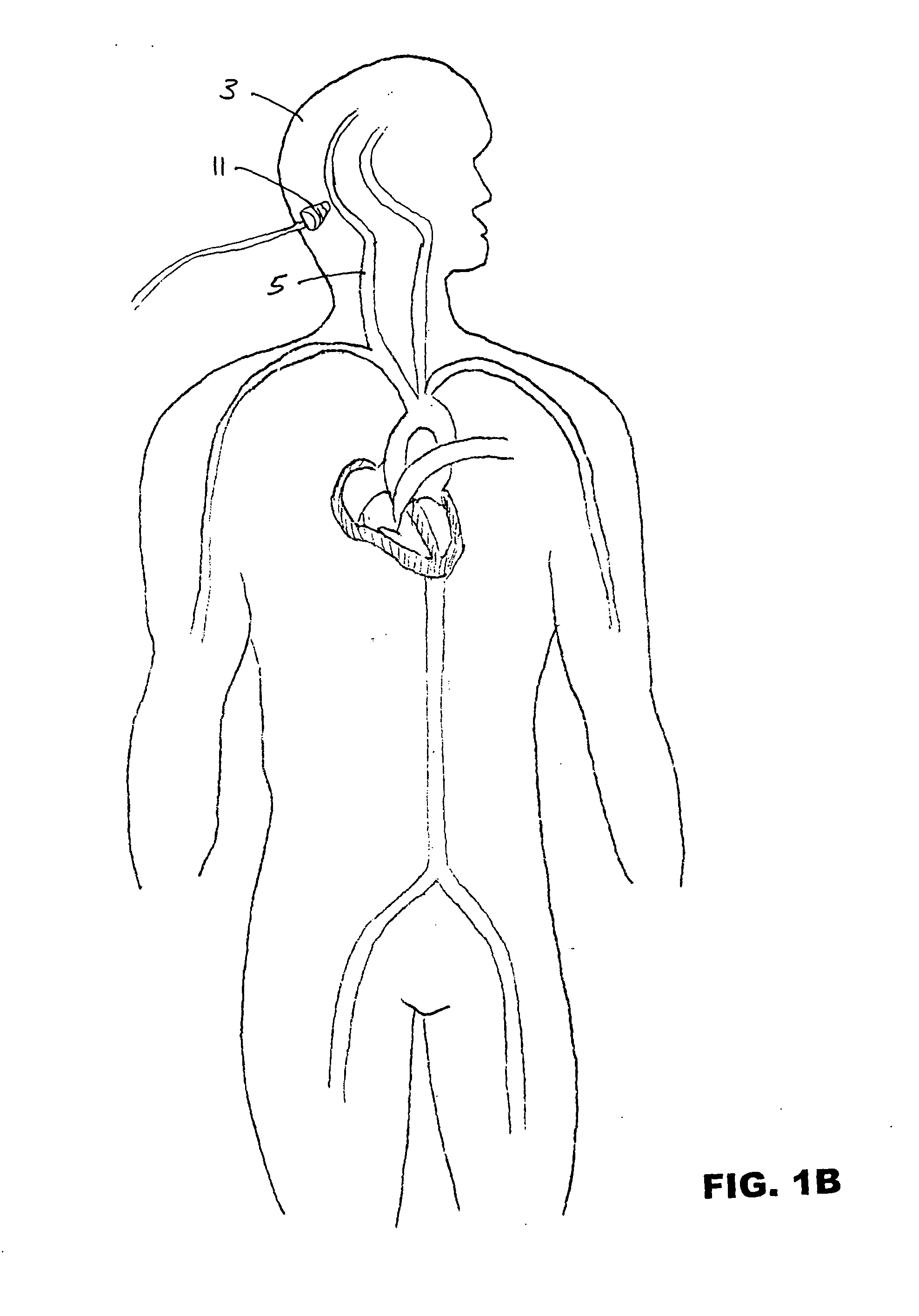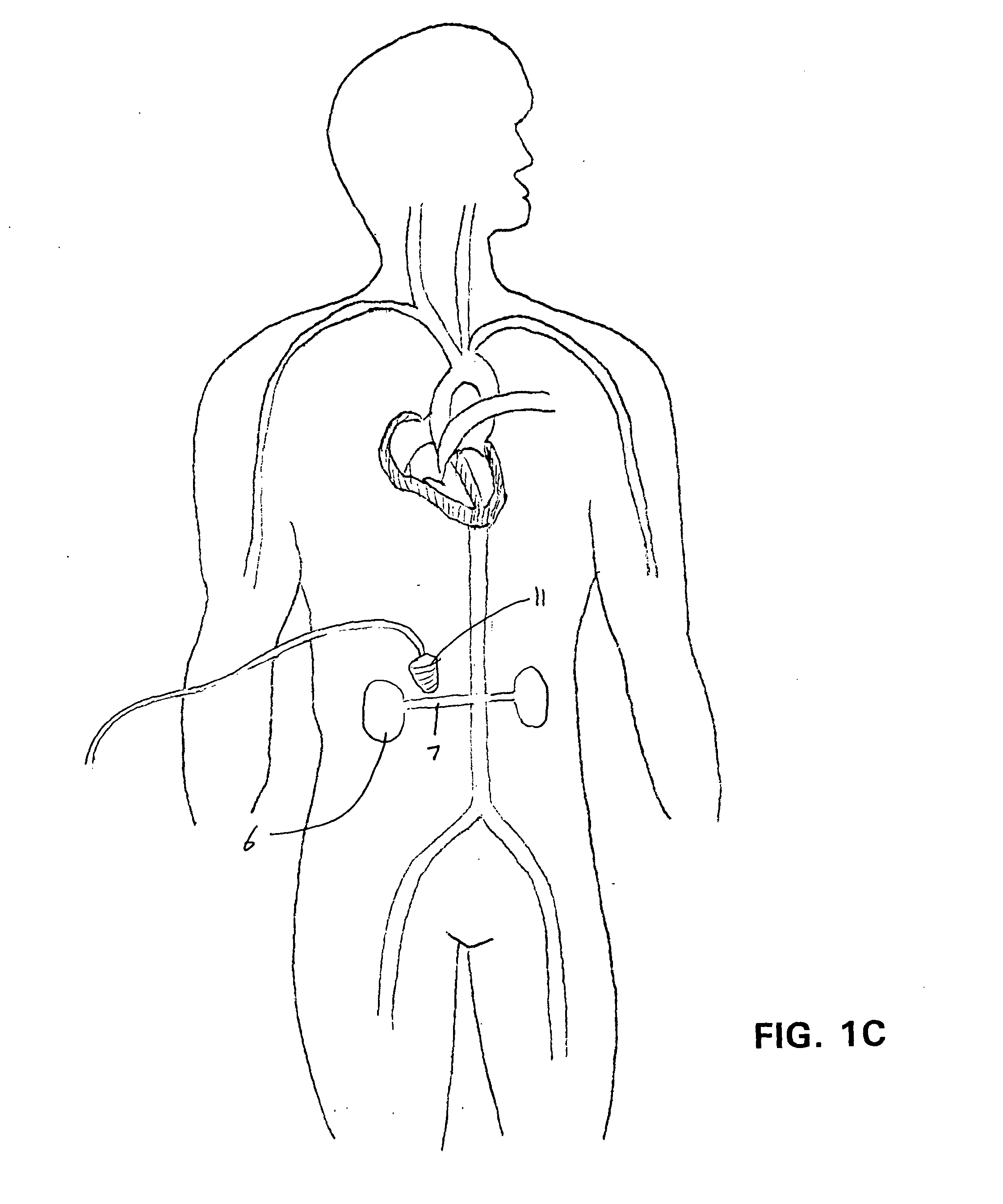Ultrasound-assisted ischemic reperfusion
a technology of ischemic reperfusion and ultrasound, applied in the field of ultrasound-assisted ischemic reperfusion, can solve the problems of cell's inability to reverse mitochondrial dysfunction, cell's necrosis of myocardial necrosis, and ultimately cell death, and achieve the effects of enhancing transcutaneous ultrasound transmission, reducing perfusion, and minimizing microcirculatory damag
- Summary
- Abstract
- Description
- Claims
- Application Information
AI Technical Summary
Benefits of technology
Problems solved by technology
Method used
Image
Examples
example
[0033] Male Syrian hamsters (80-100 g Charles River, Calco, Italy) were used. After general anesthesia with pentobarbital sodium (5 mg / 100 g, i.p.) and tracheotomy, the right carotid artery and femoral vein were cannulated to monitor systemic blood pressure and to administer additional anesthesia and drugs, respectively. Animal handling and care followed the procedures outlined in the Guide for the Care and Use of the Laboratories of the Italian Research Council.
[0034] Experimental Groups
[0035] The first group (I / R, n=5) was used to determine the damage during ischemic reperfusion alone, therefore, the ischemic reperfusion protocol was followed and a bolus of 0.9% saline solution was infused via the femoral catheter before ischemia and at the beginning of reperfusion. The second (US, n=10) group was used as control for damage caused during baseline after 15 min of exposure to US. Then the animals were subjected to ischemia (30 min) and at the beginning of reperfusion were subjecte...
PUM
 Login to View More
Login to View More Abstract
Description
Claims
Application Information
 Login to View More
Login to View More - R&D
- Intellectual Property
- Life Sciences
- Materials
- Tech Scout
- Unparalleled Data Quality
- Higher Quality Content
- 60% Fewer Hallucinations
Browse by: Latest US Patents, China's latest patents, Technical Efficacy Thesaurus, Application Domain, Technology Topic, Popular Technical Reports.
© 2025 PatSnap. All rights reserved.Legal|Privacy policy|Modern Slavery Act Transparency Statement|Sitemap|About US| Contact US: help@patsnap.com



